Morse barb - Barbus sublineatus
Scientific name: Barbus sublineatus
Common name: Morse barb
Family: Cyprinidae
Usual size in fish tanks: 7 - 10 cm (2.76 - 3.94 inch)
014
Recommended pH range: 6.7 - 7.7
Recommended water hardness: 11 - 21°N (196.43 - 375ppm)
0°C 32°F30°C 86°F
Recommended temperature range: 22 - 27 °C (71.6 - 80.6°F)
The way how these fish reproduce: Spawning
Where the species comes from: Africa
Temperament to its own species: peaceful
Temperament toward other fish species: peaceful
Usual place in the tank: Middle levels
Food and feeding
The Morse Barb is an omnivore, meaning its diet requires both plant-based and meaty foods for a balanced diet. A high-quality flake food or pellet can be used as the staple, but variety is key to keeping this species in good health. Supplement their diet with live or frozen foods like brine shrimp, bloodworms, or daphnia. To meet their vegetable intake, add spirulina flakes, algae wafers, or blanched spinach. Feeding should be done once or twice daily, offering only what they can consume within 3-5 minutes to prevent overfeeding and maintain water quality.
Origin
The Morse Barb (Barbus sublineatus) is native to Africa, particularly the Niger River and surrounding regions. The natural habitat of this species includes slow-moving or still waters with abundant vegetation and moderate temperatures. These waters are typically neutral to slightly alkaline, with a moderate level of hardness, which should be replicated in their aquarium environment to keep them healthy.
Sexing
Sexing Morse Barbs is relatively simple. Males are generally more slender and vibrant in color, particularly during breeding seasons. Females, in contrast, have a stockier, more rounded body shape, especially when filled with eggs. Observing them closely during feeding or courtship behaviors will help distinguish between the two.
Breeding
Morse Barbs are egg scatterers, which means they will scatter their eggs across the tank, especially among plants or spawning mops. A breeding tank should have soft lighting and be equipped with fine-leaved plants like Java moss or spawning mops. Spawning usually occurs early in the morning, and the eggs will hatch within 24-48 hours. Once the eggs are laid, it is important to remove the parents to prevent them from eating the eggs. Fry will become free-swimming within 3-4 days, at which point they can be fed brine shrimp nauplii or infusoria until they are large enough to consume crushed flakes or small live foods.
Lifespan
With proper care, the Morse Barb can live for 3-5 years in a well-maintained aquarium. Regular water changes, a varied diet, and maintaining stable water parameters will help extend their lifespan.
Tank Requirements
Morse Barbs are peaceful schooling fish, best kept in groups of at least six. They thrive in tanks that hold a minimum of 70 liters (18 gallons), though larger tanks are always better for maintaining water quality and reducing stress. The water temperature should be kept between 22-27°C (71.6-80.6°F), with a pH range of 6.7-7.7. They also prefer moderately hard water with a hardness range of 11-21°dGH. Ensure good filtration and regular water changes to maintain these parameters.
The tank setup should mimic their natural habitat, with plenty of hiding spots and moderate vegetation. Plants such as Cryptocoryne and Amazon swords work well in their tank. Additionally, include open swimming spaces as Morse Barbs tend to occupy the middle levels of the tank. Use smooth rocks, driftwood, and a soft, sandy substrate to provide a comfortable environment.
Tankmates
Given their peaceful temperament, Morse Barbs are well-suited to community aquariums with other peaceful species. Avoid keeping them with aggressive or much larger fish, as this can cause stress. Ideal tankmates include similarly sized species like:
- False bandit cory (Corydoras melini)
- Rummy-nose Tetra (Hemigrammus rhodostomus)
- Ornate Cory (Corydoras ornatus)
Short Description
Morse Barbs are an ideal species for hobbyists looking for peaceful, easy-to-care-for fish. Their small size, peaceful demeanor, and compatibility with a variety of tankmates make them an excellent addition to any community tank. Due to their schooling nature, it is recommended to keep them in groups of at least six. While they are generally peaceful, avoid housing them with slow-moving fish that have long fins, as Morse Barbs may occasionally nip at flowing fins if they feel crowded.
Pictures
Bought by aqua-fish.net from jjphoto.dk.




 Bala
Bala 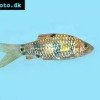 Spotted
Spotted  Golden
Golden 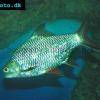 Tinfoil
Tinfoil 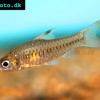 Congo
Congo 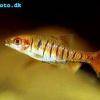 Blue-barred
Blue-barred 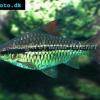 African
African 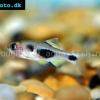 Butterfly
Butterfly 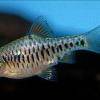 Olivegreen
Olivegreen 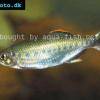 Jerdon’s
Jerdon’s  Mosquito
Mosquito 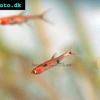 Dwarf
Dwarf  Eyespot
Eyespot  Goldfish
Goldfish 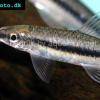 Penguin
Penguin 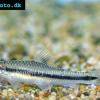 Siamese
Siamese 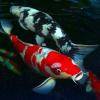 Koi
Koi  Pearl
Pearl  Glowlight
Glowlight 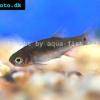 Crossbanded
Crossbanded  Yoma
Yoma 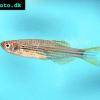 Orange
Orange 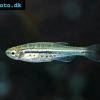 Dwarf
Dwarf 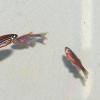 Zebra
Zebra 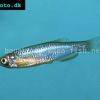 Rose
Rose 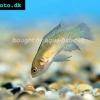 Red
Red 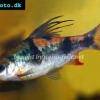 Arulius
Arulius 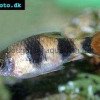 Tambraparni
Tambraparni 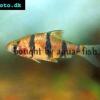 Fiveband
Fiveband 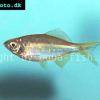 Bengal
Bengal 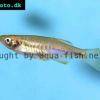 Tiger
Tiger  Malabar
Malabar 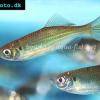 Queen
Queen  Hora
Hora 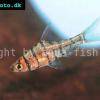 False
False  Redtail
Redtail 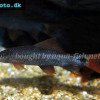 Rainbow
Rainbow 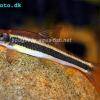 Flying
Flying  Garra
Garra 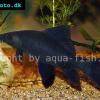 Black
Black 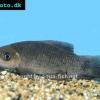 Purple
Purple 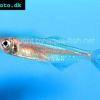 Burmese
Burmese 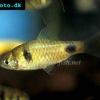 Dwarf
Dwarf 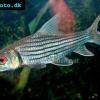 Isok
Isok 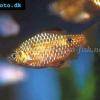 Rosy
Rosy 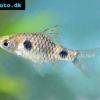 Two
Two 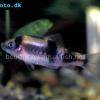 Melon
Melon 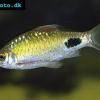 Black-spot
Black-spot 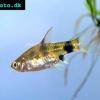 Golden
Golden 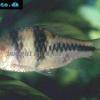 T-Barb
T-Barb 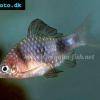 Ruby
Ruby 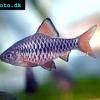 Checkered
Checkered 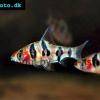 Rhomb
Rhomb 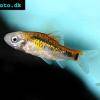 Gold
Gold  Tiger
Tiger  Cherry
Cherry 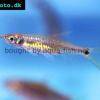 Brittan’s
Brittan’s 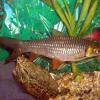 Greater
Greater 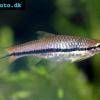 Long-band
Long-band 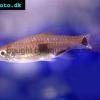 Twospot
Twospot  Reticulate
Reticulate  Cherry
Cherry 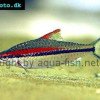 Denison
Denison 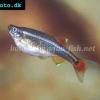 White
White 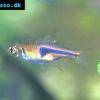 Lambchop
Lambchop  Harlequin
Harlequin